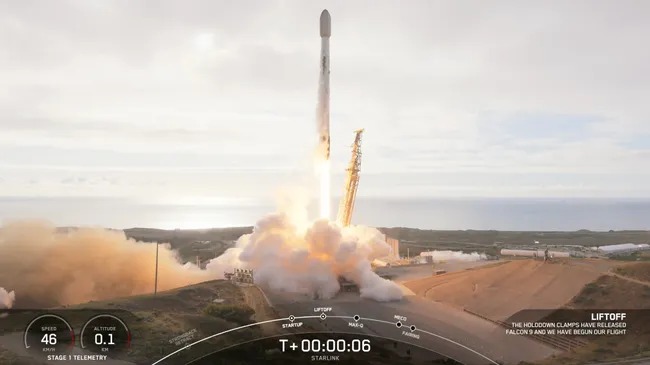SpaceX successfully launched 26 V2 Mini satellites into low Earth orbit on Monday, utilizing a Falcon 9 rocket that completed its sixth mission a testament to the company’s advancements in rocket reusability.
The mission, designated Starlink Group 15-4, lifted off at 6:15 p.m. PDT from Space Launch Complex 4E at Vandenberg Space Force Base. The Falcon 9’s first-stage booster, B1088, previously supported missions including NASA’s SPHEREx observatory and two National Reconnaissance Office payloads.
This launch represents SpaceX’s 18th mission from California in 2025, contributing to the company’s ambitious goal of up to 50 launches from Vandenberg this year. The Federal Aviation Administration and the Department of the Air Force have granted SpaceX the capability to achieve this target. With an average launch rate of once every 7.3 days from California and once every 3.5 days from the East Coast, SpaceX continues to demonstrate its rapid launch capabilities.
By Ruvarashe Gora
The 26 Starlink V2 Mini satellites deployed during this mission are part of SpaceX’s second-generation high-speed, low Earth orbit internet constellation. These satellites are designed to provide improved internet connectivity and capacity, particularly in remote and underserved areas.
As SpaceX continues to expand its Starlink constellation and refine its launch operations, the company solidifies its position at the forefront of commercial spaceflight and global internet connectivity initiatives.













Comments